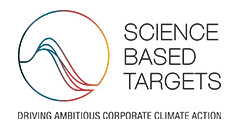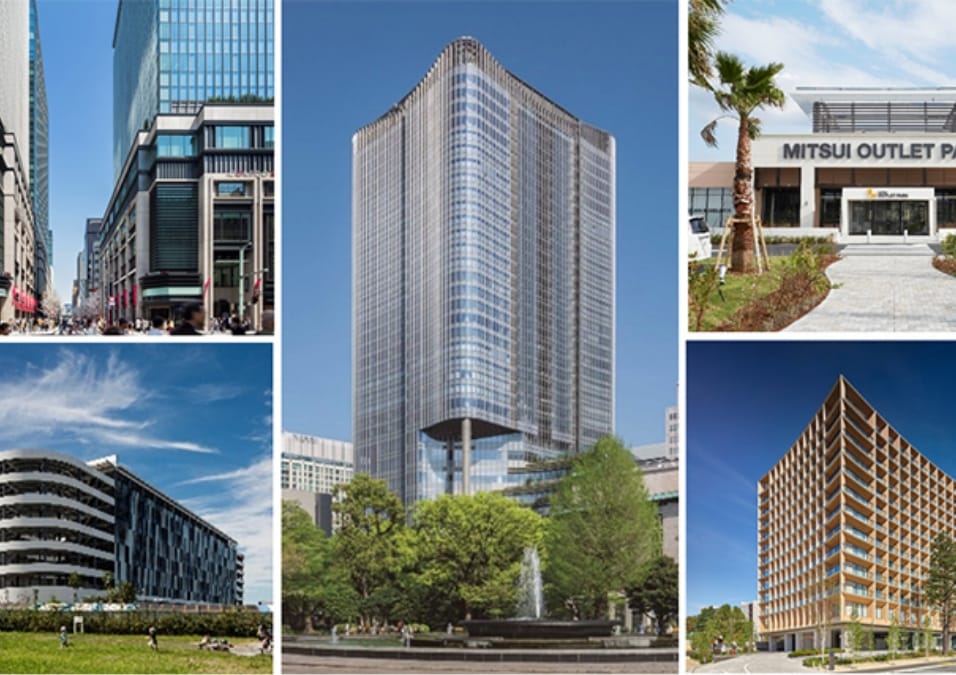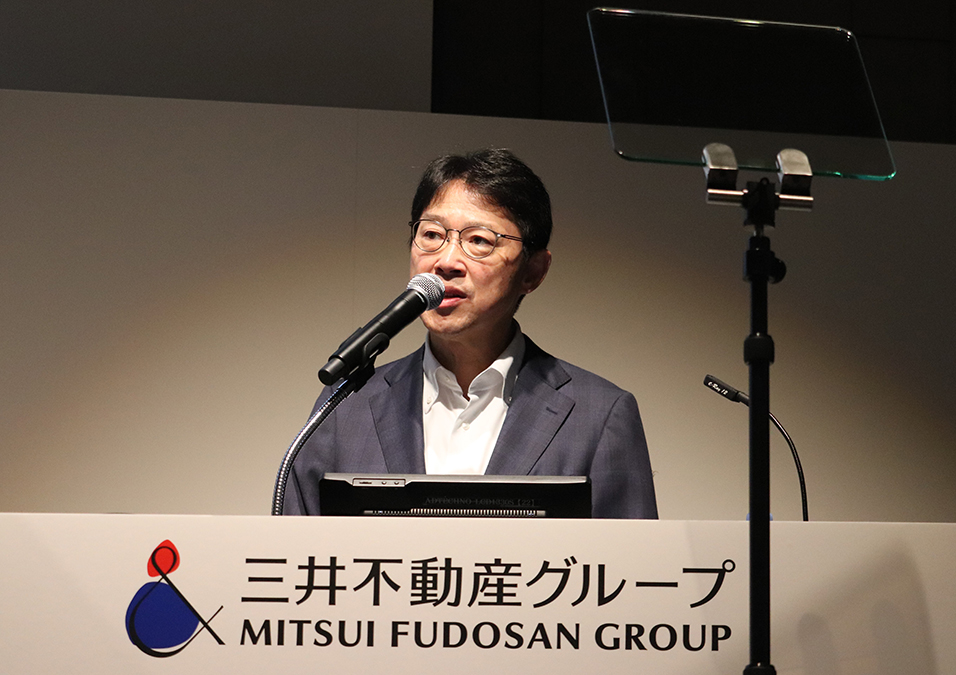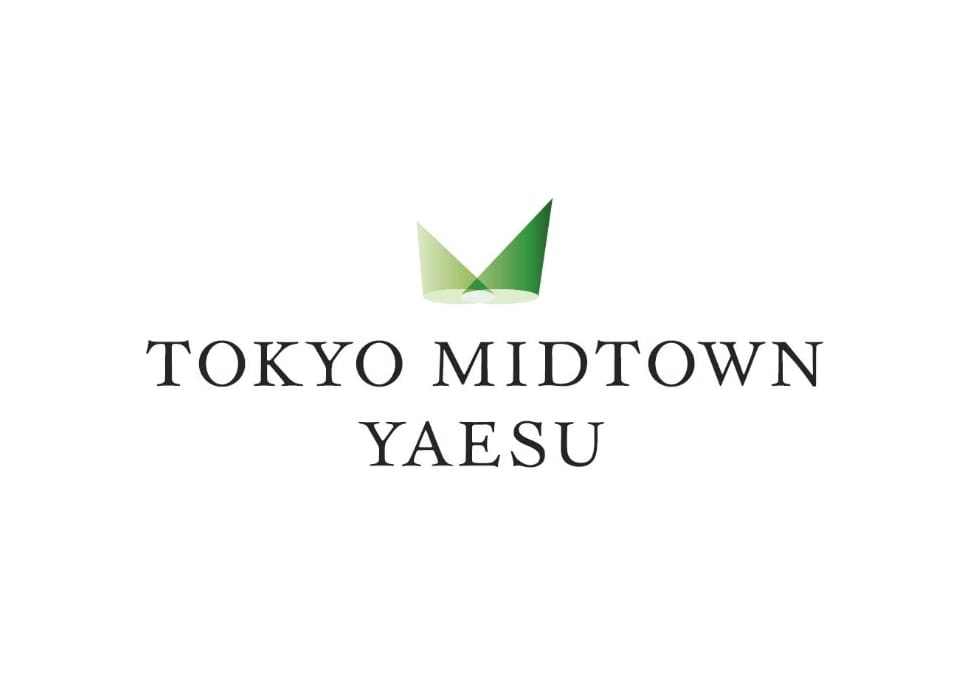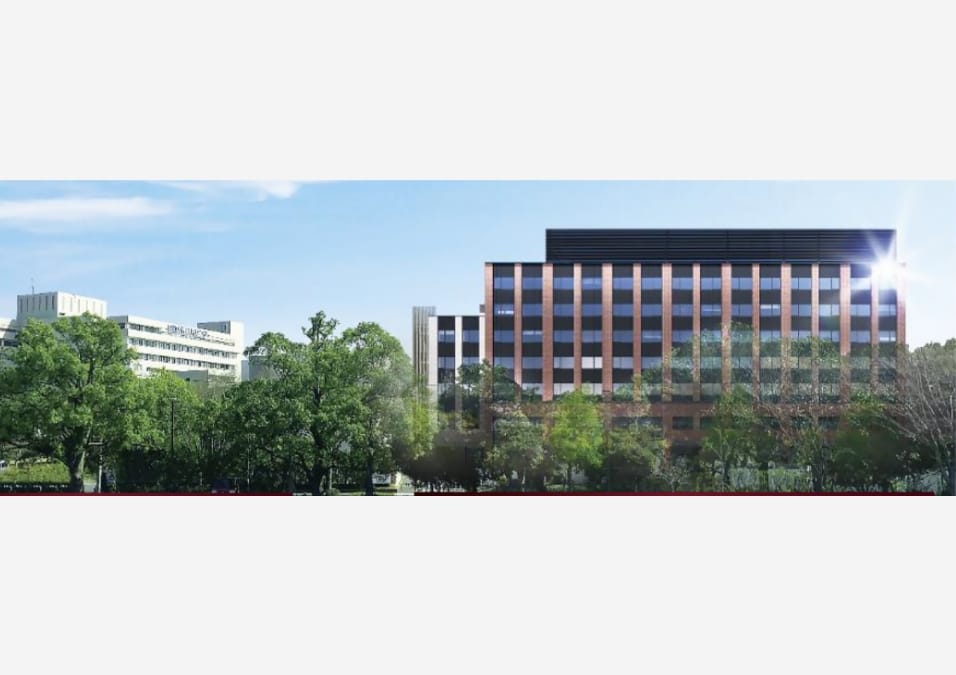Note:
1. Scope 1 and Scope 2 are calculated using emission factors in line with the Act on Promotion of Global Warming Countermeasures and other methods, based on the amount of energy used (whether actual figures or estimates) in the relevant fiscal year. Until fiscal year 2021, for the electrical emission factors, a basic emission factors was used, but for fiscal year 2022 onward, calculations have been made more precise, such as through the use of a post-adjustment emission factors. Some figures for fiscal year 2020 and before are estimates calculated by considering a base unit (of floor area) for each business division.
2. Scope 3-1 is calculated from the sales cost price part in the relevant fiscal year and services provided part of real estate for sale that was sold in that fiscal year.
The sales cost price part of real estate for sale that was sold in the relevant fiscal year (excl. land) is calculated by multiplying figures given in the emissions unit value database, which details Ministry of the Environment emission factors used to estimate an organization’s greenhouse gas or other emissions through its supply chain.
The services provided part during the relevant fiscal year is calculated by multiplying accounts that exceeded 1% of the total monetary amount covered in Scope 3-1 by an emission factors determined by the Ministry of the Environment.
3. Scope3-2 is calculated by multiplying the amount of increase in Property, plant and equipment excluding land and construction in progress by an emission factors determined by the Ministry of the Environment.
4. Scope 3-3 is calculated by multiplying the amount of energy totaled in Scope 1 and Scope 2 by an emission factors determined by the Ministry of the Environment.
5. Scope 3-5 is calculated by multiplying emissions produced by general and industrial waste (estimated figures are partly included) by an emission factors determined by the Ministry of the Environment. The significant decrease compared to last year is due to the fact that the emission factor for general waste has decreased as a result of updating IDEA, the source of the emission factor, from Ver. 2.3 to Ver. 3.3.
6. Scope 3-6 is calculated by multiplying the number of employees of the Mitsui Fudosan Group by an emission factors determined by the Ministry of the Environment.
7. Scope 3-7 is calculated by multiplying the number of employees of the Mitsui Fudosan Group by the number of working days for Mitsui Fudosan and an emission factors determined by the Ministry of the Environment.
8. Scope 3-11 is calculated by multiplying the area, etc., real estate sold in the relevant fiscal year by the annual emissions unit value and the remaining service life.
9. Scope 3-12 is calculated by multiplying the area of real estate sold in the relevant fiscal year by an emission factors determined by the Ministry of the Environment.
10. Scope 3-13 is calculated using emission factors and other methods in line with the Act on Promotion of Global Warming Countermeasures, based on the amount of energy used (whether actual figures or estimates) in the relevant fiscal year. Some figures are estimates calculated by considering a base unit (of floor area) for each business division.




























